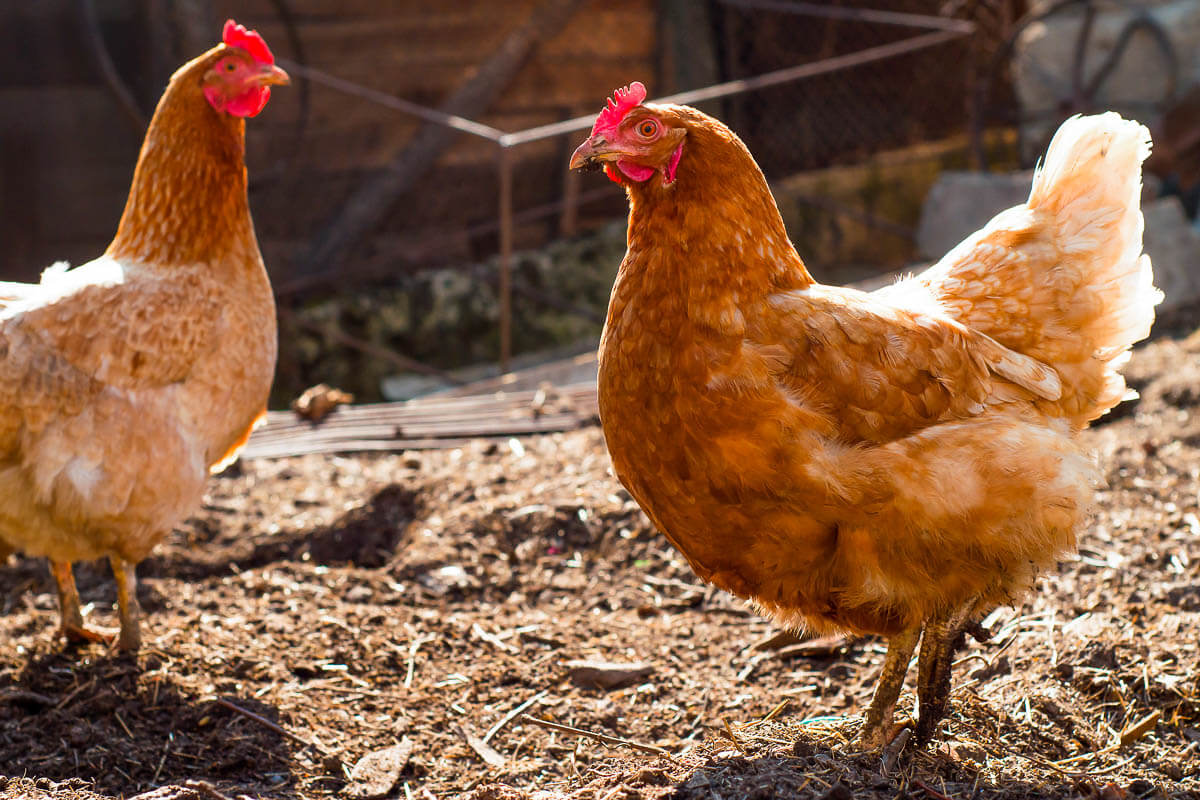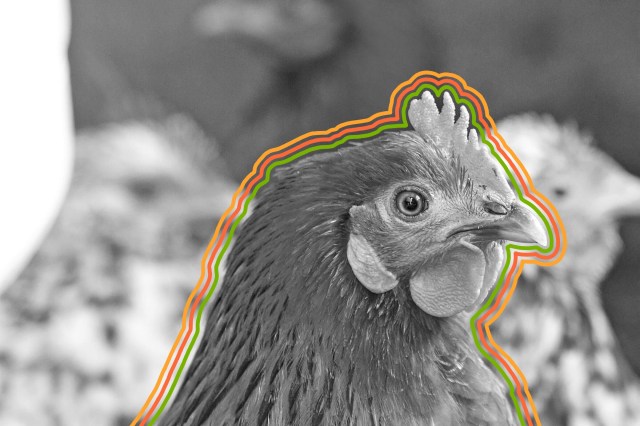
Some Early Chickens Were Considered Sacred Animals
Scientists aren’t exactly sure when humans first domesticated chickens. Some research had estimated that humans first became flock-keepers around 8,000 years ago or more, perhaps somewhere in China, India, or Southeast Asia. But more recent research shows the first clear evidence for domestic chickens in the archaeological record is only about 3,500 years ago, from a site in Thailand. And some archaeological evidence supports an idea that the earliest human-raised chickens may not have been eaten, but instead revered. Archaeologists have unearthed the bones of whole chickens at dig sites in Britain and Europe, which researchers have carbon dated to the Iron Age. None of the birds had been butchered, they were primarily older in age when they died, and one had a healed leg fracture, possibly from the help of a human caretaker. On occasion, the birds were buried alongside humans, possibly used as psychopomps, aka animals tasked with leading the deceased to the afterlife. Writings from Julius Caesar indicate the earliest Britons didn’t eat chickens, and instead raised the birds for “their own amusement or pleasure,” a practice that remained until Romans introduced eating the birds around 43 CE.

Ancient Chickens May Have Had Teeth
Like most birds, chickens are toothless, equipped instead with gizzards (muscles in the digestive tract) that help break down their food for digestion. Their omnivore diet first enters their crop, a pouch-like organ that stores and softens food, before it moves to their digestive system. From there, food moves to the gizzard. While this system allows chickens to forage and feast without chompers, scientists believe poultry of the past may have eaten differently — with teeth. That’s because the earliest known birds had teeth, though the feature began to disappear more than 100 million years ago in place of developing beaks. However, some researchers believe it’s still possible for chickens to grow teeth, since their DNA contains the genetic code (which stuck around to help modern chickens grow feathers). In 2006, scientists were able to make small genetic modifications that enabled chicken embryos to develop teeth, which looked similar to reptile teeth — though the chickens were ultimately prevented from hatching.

Chickens Can Recognize One Another… and Humans
Chickens aren’t often considered to be especially bright animals, though there’s evidence they’re smarter than we once believed. Scientists have long studied chickens, with the first research into chicken intelligence emerging around the 1920s thanks to observation of their pecking order (aka how the birds establish social hierarchies in their flock). In the 100 years since, researchers have determined that chickens have a wide range of communication skills, able to produce 24 different vocalizations that alert their fellow fowl about predators, food, and an interest in mating. Chickens are also capable of differentiating between numbers and can identify patterns and shapes. Those memory skills help chickens recognize up to 30 other birds, a process that starts within 36 hours after hatching, when chicks imprint on their mother hen. Chickens can also recognize human faces, and even have preferences for who they find attractive — a 2002 study found that chickens preferred looking at humans with more symmetrical faces (just like humans do).
More Interesting Reads

A Chicken Named Peanut Was in Guinness World Records
Backyard chickens are often considered food-producing pets, providing companionship and entertainment while also laying eggs. Most hens live for between six and eight years, and typically lay eggs for the first three to four years of their lives. Sometimes, they even become record holders, like Peanut, who was the world’s oldest living chicken until her death on Christmas Day, 2023. Born in southeastern Michigan in 2002, Peanut reached the verified age of 20 years and 304 days on March 1, 2023, and was 21 years and 238 days old when she passed. Initially believed to be a dud egg, Peanut was nearly abandoned as a chick before her owner heard the bird pipping from inside her shell; with some assistance, Peanut successfully hatched and became an inside-dwelling pet for the first few years of her life. Peanut laid eggs until age 8 — some of which produced her living grandchildren and great-grandchildren, who reside in the same backyard she roams. The world’s oldest known chicken ever was a bird named Muffy, who was born in 1989 and reached 23 years and 152 days old (she died in 2012).

There Are More Chickens on Earth Than People
Our planet is home to a lot of humans. There are more of us now than at any other point in known history, yet we’re still outnumbered by chickens. In November 2022, the global human population hit 8 billion, with projections showing there may be 9.7 billion of us by 2050. But even then, there will probably be more chickens, considering that at last count, in 2021, their population clocked in at 25.8 billion, largely thanks to commercial poultry farming. In some regions, the ratio is particularly evident; Delaware residents are reportedly outnumbered by 200 chickens to every one human.

A Rooster Once Crashed a President’s Inaugural Ball
Chicken is common fare at even the fanciest of dinners, though in 1973, a rooster who wasn’t on the menu still found its way into one of the country’s most upscale parties: the presidential inaugural ball. Following his successful reelection campaign, President Richard Nixon held an extravagant inaugural celebration at the Smithsonian’s Museum of History and Technology (now called the American History Museum). One of the gallery’s exhibits on farm life included real, living chickens — including a rooster who escaped from its pen and into the party. The bird caused a minor commotion as it mingled among guests, but was promptly captured and returned to its display by S. Dillion Ripley, an ornithologist (aka bird expert) who served as the Smithsonian’s eighth secretary.











